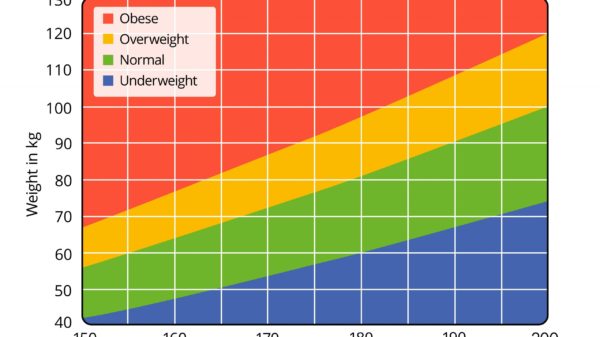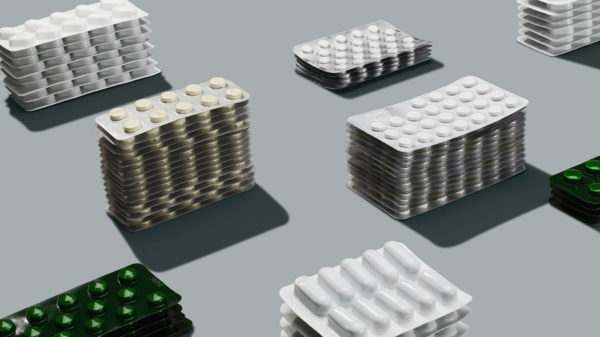The materials having a definite shape and volume are known as solids or rigid bodies. They are of great importance to us as they are used in the construction of buildings, bridges, railway tracks, artificial limbs, electric poles, wires etc. When an external force or load is applied to these solid objects, their shape or size may change. If the object regains its original shape or length on the removal of the applied force, the object is considered elastic.
Elasticity
The property of the body by virtue of which it regains its original shape or size on the removal of the external force or load is called elasticity. If the body does not regain its original shape or size after the external force is removed, it is called a plastic body.
Stress
The deforming force per unit area of the body is called stress.
Types of Stress
Normal Stress: It is defined as the restoring force per unit area perpendicular to the surface of the body. It is of two types: Tensile stress and Compressive stress
1) Tensile Stress: If the length of the circular rod is increased by applying equal and opposite forces on the circular rod, a restoring force equal to the force applied and normal to the cross-sectional area of the rod comes into existence. This restoring force per unit length of a cross-section is known as tensile stress.
2) Compressive Stress: If the length of the circular rod is decreased by applying equal and opposite forces on the circular rod, a restoring force equal to the force applied and normal to the cross-sectional area of the rod comes into existence. This restoring force per unit length of a cross-section is known as compressive stress.
Tangential Stress or Shearing Stress
When the force applied is tangential to the surface of a body so that there is a change in the shape, the stress is known as tangential stress orshearing stress.
Bulk Stress
When the object is immersed in a fluid (liquid or gas), the fluid exerts a force on the surface of the object. The force exerted by the fluid will be normal to the surface of a body so that there is a change in the volume; the stress is known as volume stress or bulk stress
Strain
When the size or shape of an object is changed due to an external force, the body is said to be strained. The fractional change that occurs in the body is called strain.
Types of Strain
Longitudinal strain: It is the change in the length of the body to its original length.
Volume strain: It is defined as the ratio of the change in volume to the original volume of the body.
Shear strain: It is defined as the small angular displacement of a reference line on a surface on which tangential stress is acting. Shearing strain is measured in radians.
Impulse
According to Newton’s second law of motion
F = ma = m[(v -u)/t]
Ft = m(v – u)
Sometimes a very large force acts for a very short interval of time and will produce a finite change in the momentum of the body. In such a case, neither the force nor the time interval for which the force acts can be measured. However, the momentum produced due to the force can be measured. The product of force and time interval is called the impulse. The force itself is called the impulsive force. Impulse is a vector quantity. The S.I. unit of impulse is Newton second.




















































